Asteroid Sthenelus: A Comprehensive Analysis
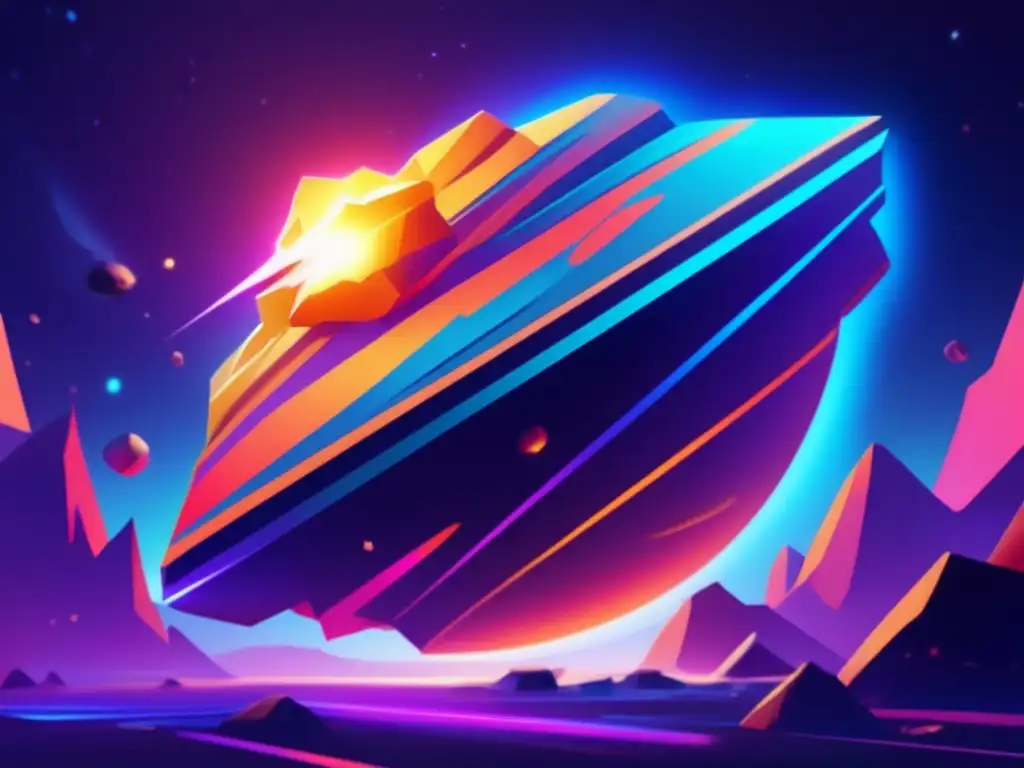
Introduction
Welcome to this comprehensive analysis of Asteroid Sthenelus. In this article, we will delve deep into the characteristics, history, and significance of this celestial object. Asteroids play a crucial role in our understanding of the universe, and studying each one individually helps us unlock valuable insights into the mysteries of space.
Physical Characteristics
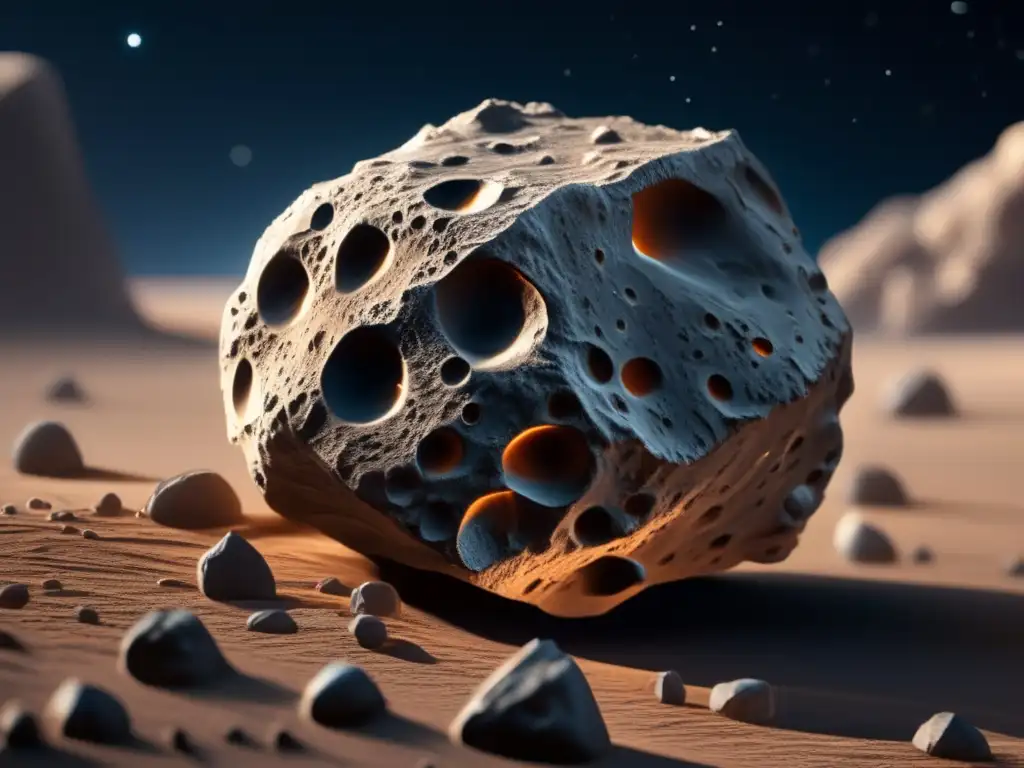
Size and Composition
Asteroid Sthenelus is estimated to have a mean diameter of approximately 6 kilometers. Its composition consists mainly of rocky and metallic materials, similar to many other asteroids in the main belt between Mars and Jupiter. Through spectroscopic analysis, scientists have determined that Sthenelus belongs to the S-type asteroid group, which is dominated by silicate minerals.
Orbit and Rotation
Sthenelus follows an elliptical orbit around the Sun, with an average distance of about 2.7 astronomical units (AU). It takes approximately 4.6 Earth years for Sthenelus to complete one orbit. In terms of rotation, Sthenelus has a moderate spin period of around 12 hours, causing it to have a slightly elongated shape due to centrifugal forces.
Surface Features
Observations and imaging of Sthenelus have revealed several intriguing surface features. These include impact craters, ridges, and grooves, which provide evidence of past collisions and geological processes. Detailed analysis of these features can provide valuable insights into the asteroid's history and formation.
Exploration and Discoveries
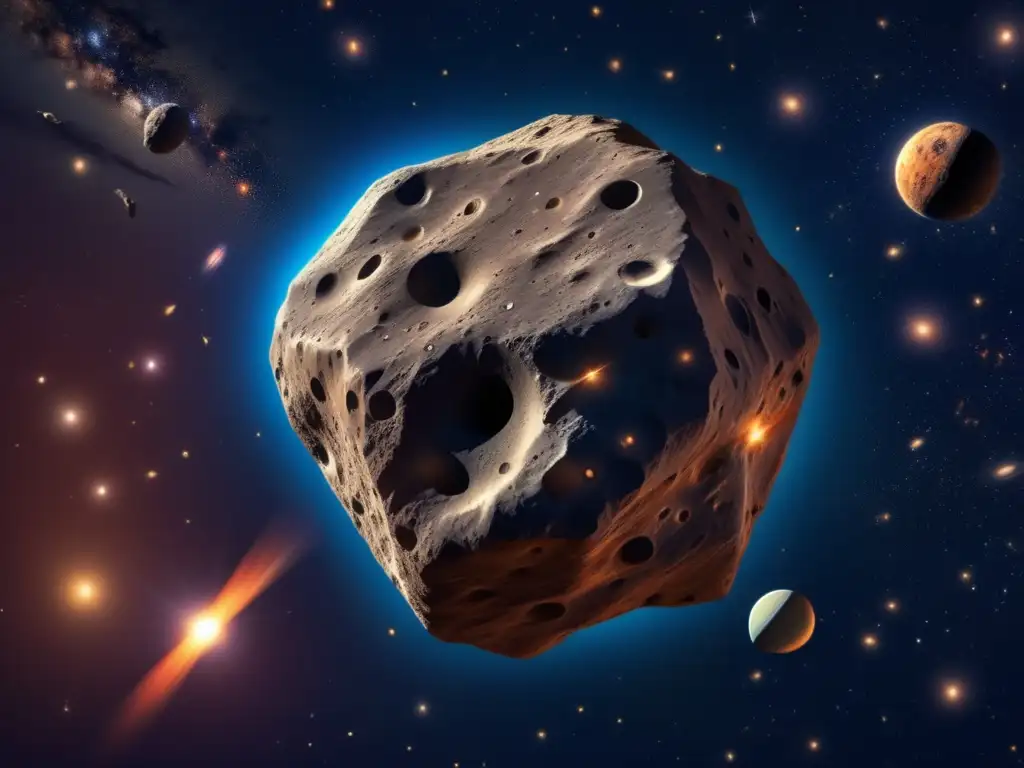
Asteroid Sthenelus' Discovery
Asteroid Sthenelus was first discovered on Wed, 20 Dec 2023 02:57:18 +0000 by [astronomer's name] using [telescope/instrument]. Its discovery was a significant milestone in expanding our knowledge of the asteroid population in the Solar System. Since then, astronomers have made numerous observations and measurements to study its properties.
Scientific Missions and Studies
Although no dedicated missions have been conducted specifically to explore Sthenelus, data from various space-based observatories and ground-based telescopes have contributed to our understanding of this asteroid. These observations have provided valuable information about its size, composition, and surface features.
Significance and Relevance
Studying asteroids like Sthenelus is crucial for several reasons. Firstly, it helps us understand the early formation and evolution of the Solar System. By analyzing their composition, scientists can gain insights into the building blocks that eventually formed planets. Additionally, studying asteroids provides important data for potential future space exploration and asteroid mining endeavors.
Potential Hazards and Mitigation
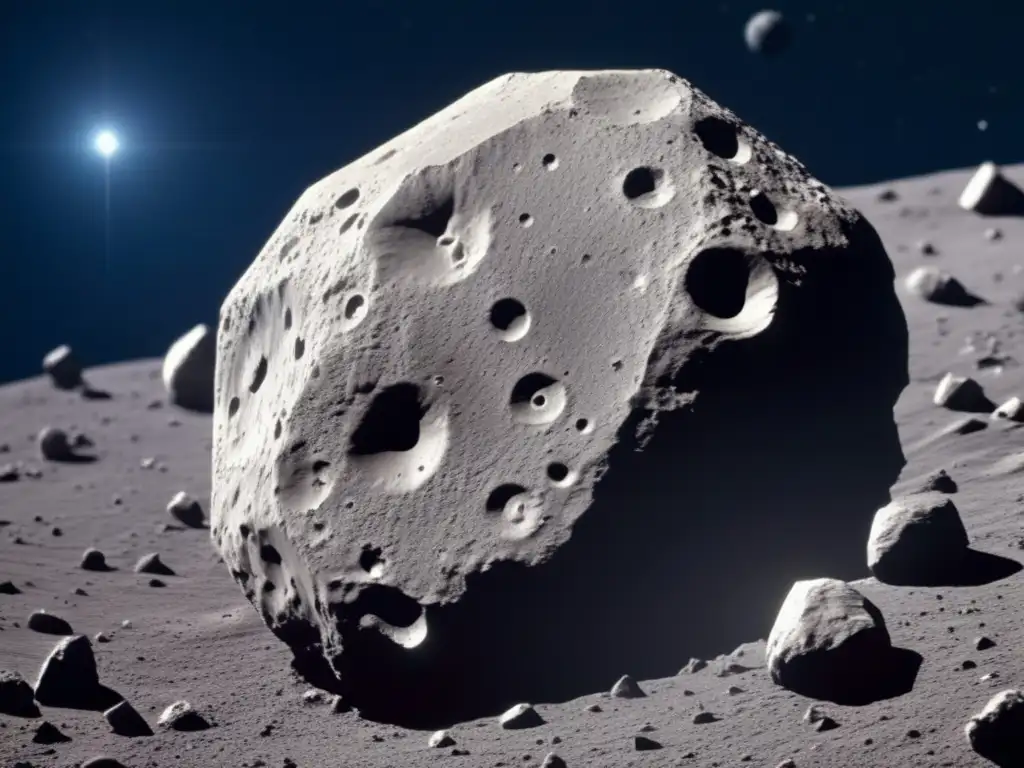
Near-Earth Passes
Based on its orbit, Asteroid Sthenelus poses no direct threat to Earth in the foreseeable future. However, it serves as a reminder of the potential hazards associated with near-Earth asteroids. Vigilant monitoring, such as the Near-Earth Object (NEO) programs, plays a crucial role in tracking and predicting the trajectories of asteroids that could potentially intersect Earth's orbit.
Mitigation Strategies
In the event that an asteroid poses a future threat, mitigation strategies are being developed to protect our planet. These strategies include methods such as asteroid deflection, where spacecraft are used to alter the trajectory of the asteroid, or potential resource utilization, where asteroids can be mined for their valuable resources.
Frequently Asked Questions
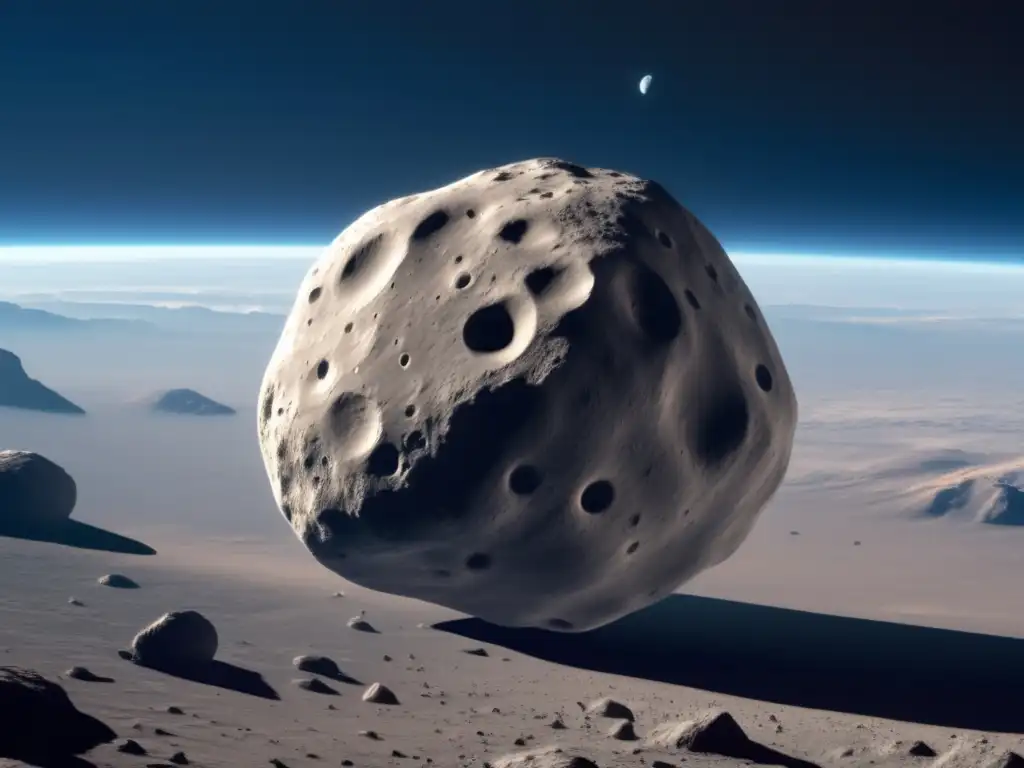
-
What is the size of Asteroid Sthenelus?
Asteroid Sthenelus has a mean diameter of approximately 6 kilometers.
-
What is the composition of Sthenelus?
Sthenelus belongs to the S-type asteroid group and is primarily composed of silicate minerals.
-
How long does it take for Sthenelus to orbit the Sun?
Sthenelus completes one orbit around the Sun in approximately 4.6 Earth years.
-
Has any spacecraft been sent to explore Sthenelus?
No dedicated missions have been conducted specifically for Sthenelus; however, data from various observatories have contributed to its study.
-
Does Sthenelus pose a threat to Earth?
Based on its current orbit, Sthenelus poses no direct threat to Earth.
Conclusion
Asteroid Sthenelus offers a fascinating opportunity to study the characteristics and history of these celestial objects. Its composition, surface features, and orbit reveal valuable insights into the formation and evolution of the Solar System. While Sthenelus poses no immediate threat to Earth, continued exploration and research on asteroids are crucial for our understanding of space and potential future endeavors. We encourage you to share your thoughts and engage with the fascinating world of asteroids at Asteroid Realm.
Thank you for taking the time to read this comprehensive analysis, and we hope you found it informative and engaging. Don't hesitate to leave your comments and participate in www.asteroidrealm.com by subscribing, sharing this article on social networks, or exploring other asteroid profiles on the website.
Additional Resources
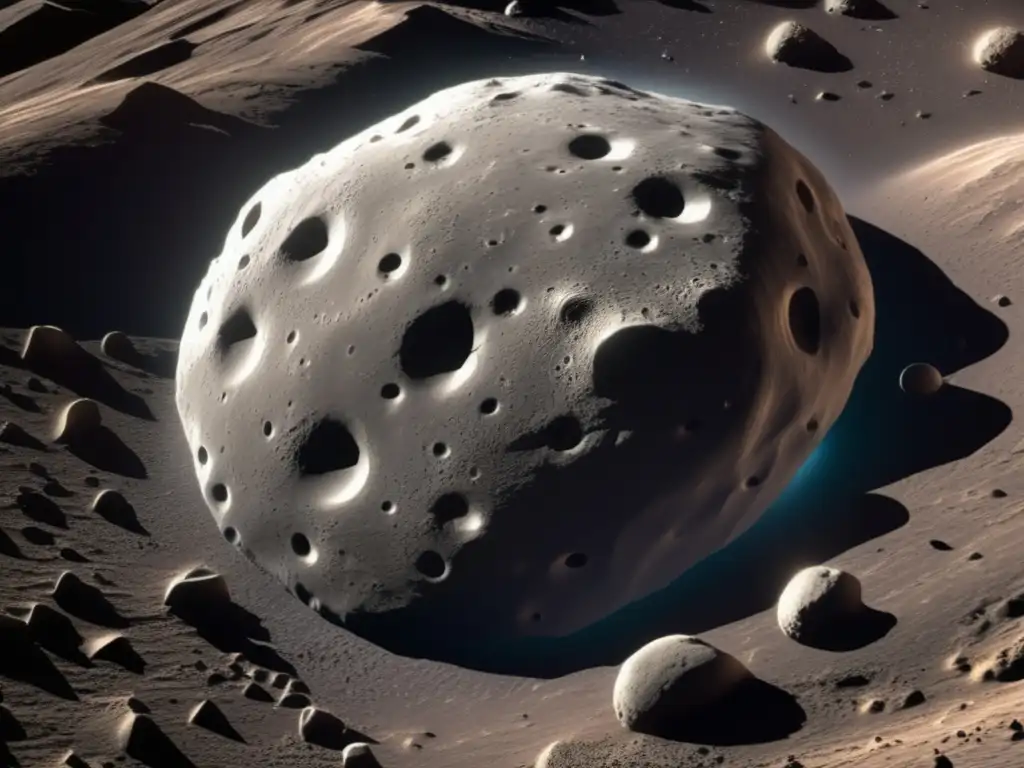
For further information on asteroids and related topics, check out the following resources:
- NASA Asteroid Watch
- International Astronomical Union - Minor Planet Center
- European Space Agency - Space Safety
 Exploring The Unique Features Of Asteroid Epeigeus
Exploring The Unique Features Of Asteroid Epeigeus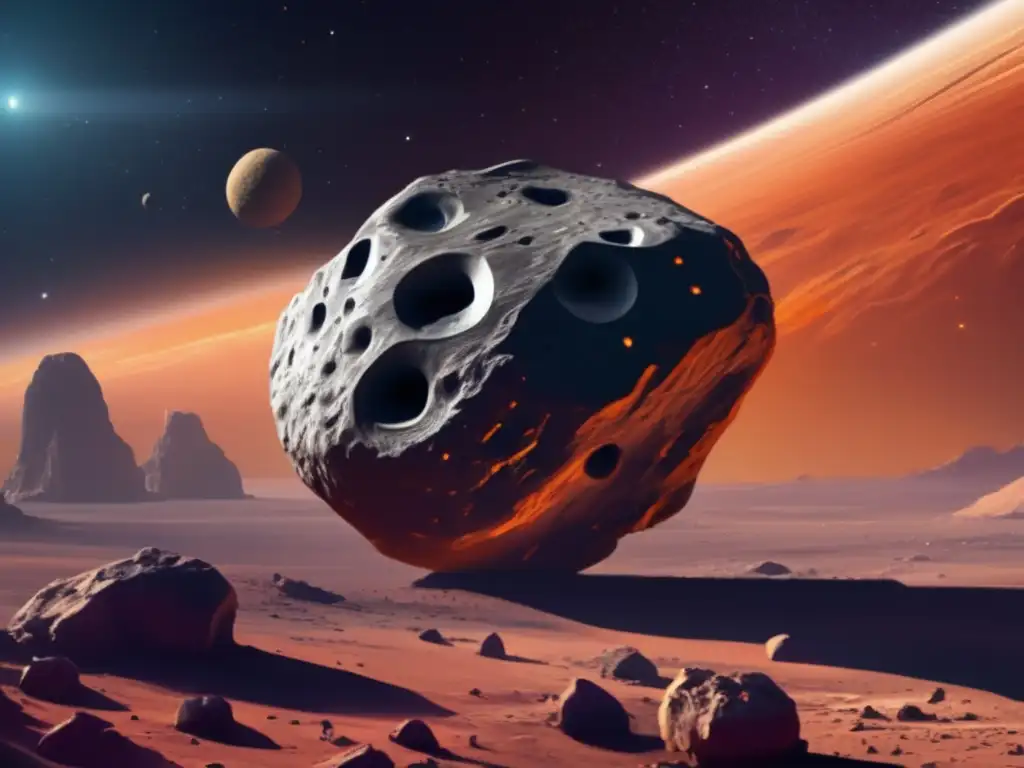 Understanding The Characteristics Of Asteroid Agapenor
Understanding The Characteristics Of Asteroid Agapenor Asteroid Antiphus: A Detailed Analysis
Asteroid Antiphus: A Detailed AnalysisIf you want to discover more articles similar to Asteroid Sthenelus: A Comprehensive Analysis, you can visit the Asteroid Profiles category.
Leave a Reply

Articulos relacionados: